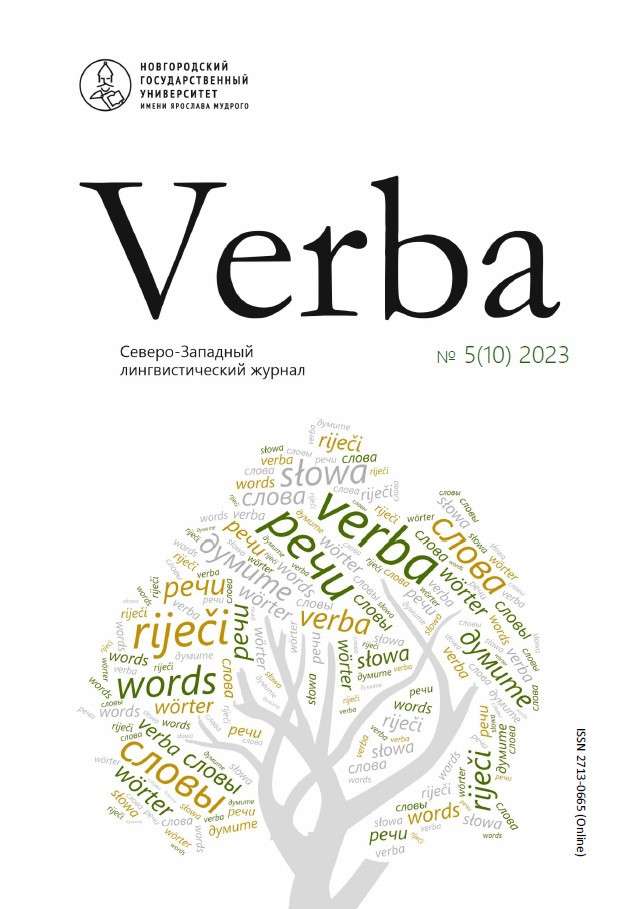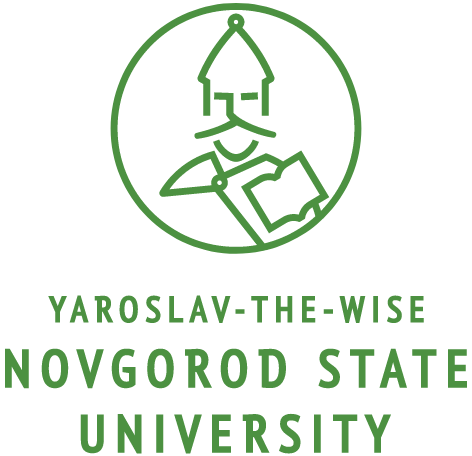Speech anomaly as a mistake and as a technique
DOI:
https://doi.org/10.34680/VERBA-2023-5(10)-31-42Keywords:
speech anomaly, paralogism, rhetoric, mistake, technique, norm, neutrality, zero stage, causal aspect, teleological aspectAbstract
This work attempts to clarify the content of some concepts from the tools for studying the expressiveness of practical and artistic speech. Mistake and technique (speech phenomena) are considered as specific concepts in relation to anomaly as a generic one. Mistake and technique differ not only in unintentionality/intentionality, but also in relation to the norm. The concept of norm in linguistics is defined in two ways (due to the duality of many linguistic objects as such): as rules (the aspect of generation) and as precedents (the aspect of perception, descriptive). On this basis, mistake is correlated with norm-rules, and technique is correlated with norm-precedents. Norm-rules are language (its component part), and norm-precedents are speech (recognized as exemplary speech uses). Such clarification is necessary to distinguish the background against which the two types of anomalies are considered. In order to more reliably distinguish between the anomalies, in relation to anomaly-technique, it is proposed to use the zero stage term, introduced by educators of the University of Liège, the authors of General Rhetoric. The most important property of norm in relation to mistake is correctness, the most important property of zero stage in relation to technique is neutrality. The essential difference between mistake and technique is the difference in aspects of these objects, which are predetermined by the most significant difference between these anomalies: mistakes are accidental, they arise for one reason or another, and techniques are intentional, they arise for a specific purpose. The described differences are necessary to resolve issues of differences in techniques in rhetoric and poetics, as well as the use of mistake as a technique in practical and artistic speech.
Downloads
Downloads
Published
How to Cite
Issue
Section
License
Copyright (c) 2024 Verba

This work is licensed under a Creative Commons Attribution-NonCommercial 4.0 International License.








